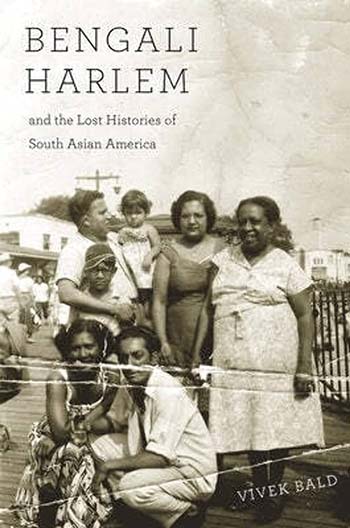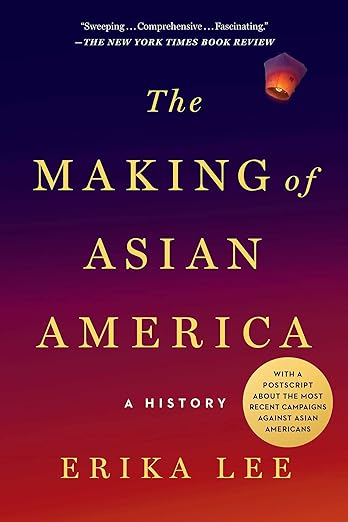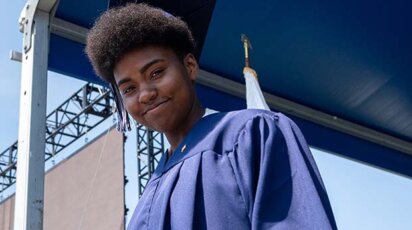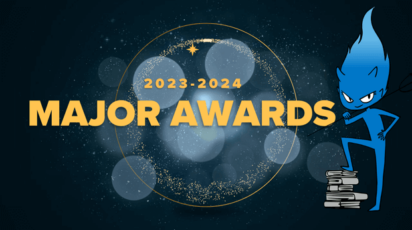News
Independent Study to Become Asian American History Course
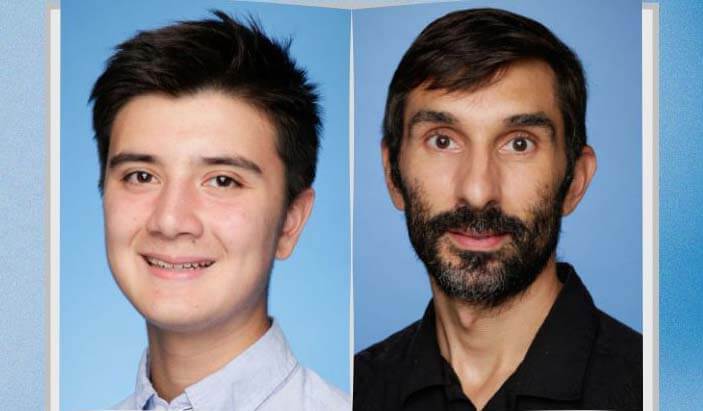
Coming In Spring 2024
It’s exciting news that Poly will be offering a new course, Asian American History, in spring 2024 for students in Grades 10-12. It is impressive that Upper School history teacher Tim Shea is developing the class together with William Ling-Regan ’24 as an independent study project. During his tenure in Middle and Upper School, Ling-Regan has been an avid student of history and active member of Poly’s History Club.
Addressing a History Gap
“We are excited to offer Asian American History this spring as this course is one step in addressing a gap in the department’s teaching of American history,” said Dr. Virginia Dillon, History Department Chair. Dr. Dillon said that the course “gives both a wonderful opportunity to collaborate as they consider not only the many nuances of this varied and important history, but also how to most effectively lead future students through a process of discovery and meaning making.”
“Our goal is to make this class research- and project-based, so I hope that students will come away with the same sense of agency in their own learning that Mr. Shea has given me in this independent study.”
William Ling-Regan ’24
A Poly First: Student-Teacher Course Development
“Last year, my dean, Mr. Wong, told me that Mr. Shea was developing a new Asian American History course,” Ling-Regan said. “He knew that I was interested in the subject because of the documentary I created in History Club last year for the National History Day Contest, ‘The Camera as a Sword: Asian American Representation in Corky Lee’s Photography,’ and he asked if I wanted to help Mr. Shea with the development of the new course. After talking more with him, and with Ms. Moslander [former History Department Chair], I knew I wanted to be involved with this course however I could be. So, last spring, I met with Mr. Shea to talk about his ideas for the course and how I could get involved, and we came up with the idea of doing this independent study together.”
Bengali Harlem and the Lost Histories of South Asian America
An observer, who sat in as Shea and Ling-Regan discussed sections from Bengali Harlem and the Lost Histories of South Asian America by Vivek Bald, asked if they had an outline for the course. “That is what we are creating!” Shea replied. “The idea of this course is to set up a framework for Asian American history within which students can explore their interests.”
“The choice of Bengali Harlem came from our desire to focus on communities and community construction among multiple Asian American groups,” Shea explained. “In working to develop a central research project, William proposed a multi-layered, annotated map project that focused on a particular place where Asian Americans lived. Therefore, we wanted to think about how scholars write about those places — and Vivek Bald’s Bengali Harlem proved to be fertile ground for thinking about the scope of just such a project. Although titled Bengali Harlem, the book really is a story of so many different places in the United States — from New Orleans to the Jersey Shore to Harlem — and how networks of Bengali Muslim men wove themselves into the fabric of each location while also remaining remarkably mobile. How do you map this? We are now beginning to look at Erika Lee’s 2015 book The Making of Asian America to help us shape the historical context we’ll want to bring to the course.”
Course Era Overview
The history of Asian Americans sounds like a very wide-ranging topic. What era will the class cover? “It is likely that this course will start by thinking about migration beginning in the 16th century and the movement of Asian people along the routes of Spanish Empire, particularly the roundtrip routes from Manila to Acapulco — known as the Manila Galleon — overland to Veracruz, and then Veracruz to Spain,” he explained. “But the primary period of the course will be from the 1850s to the present, as this a period in which migration changes rapidly, both through increasing numbers of people coming to the United States and race-based exclusion of Asian people emerging at the state and then federal level in the United States. This will be a project-based course, so students will have a lot of freedom to explore the groups and migration histories in which they are interested.”
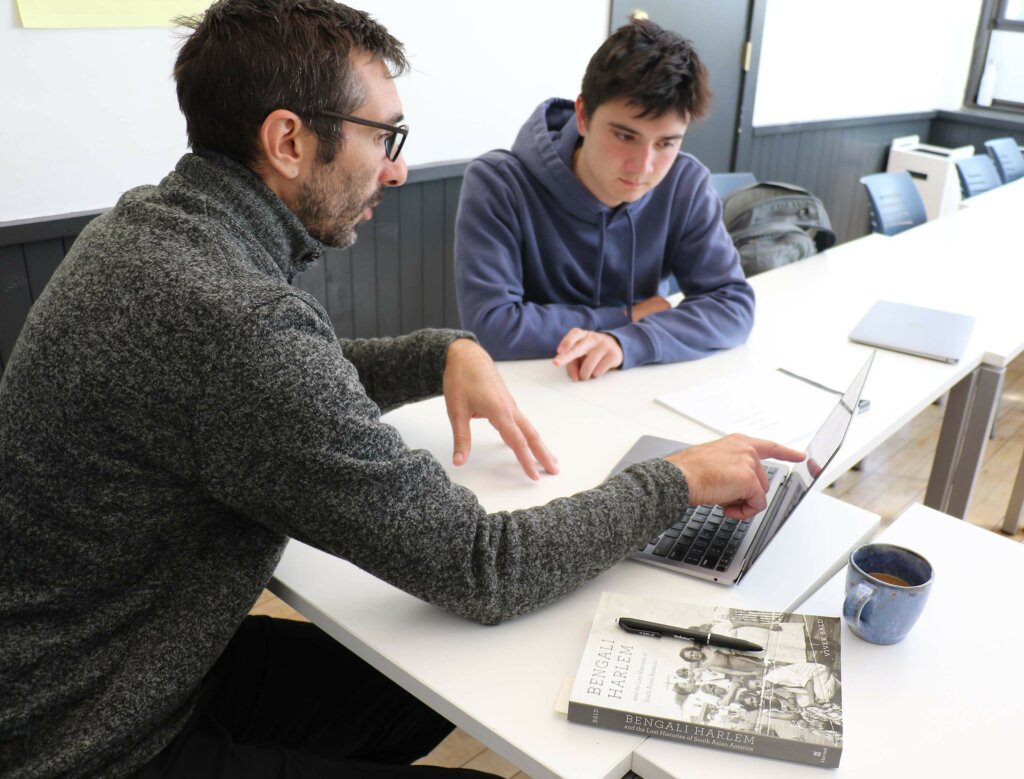
Exploring the Many Facets of Asian American History
What is the experience of developing the course like for Ling-Regan? “One thing I’ve taken away from this independent study is how multidimensional Asian American history is,” he said. “We’ve already talked about so many different aspects of Asian American history, from immigration to neighborhoods to food, and it’s been really interesting to learn about new parts of this history and find connections between them.” He added, “I hope students leave this course with an understanding of this multidimensionality. I’ve also really appreciated how much Mr. Shea has allowed me to be involved in developing this course. We’ve been discussing readings about Asian American history and how to teach it, and then I came up with some ideas for a final project, like an annotated map, that we’re now working together to flesh out. Our goal is to make this class research- and project-based, so I hope that students will come away with the same sense of agency in their own learning that Mr. Shea has given me in this independent study.”

